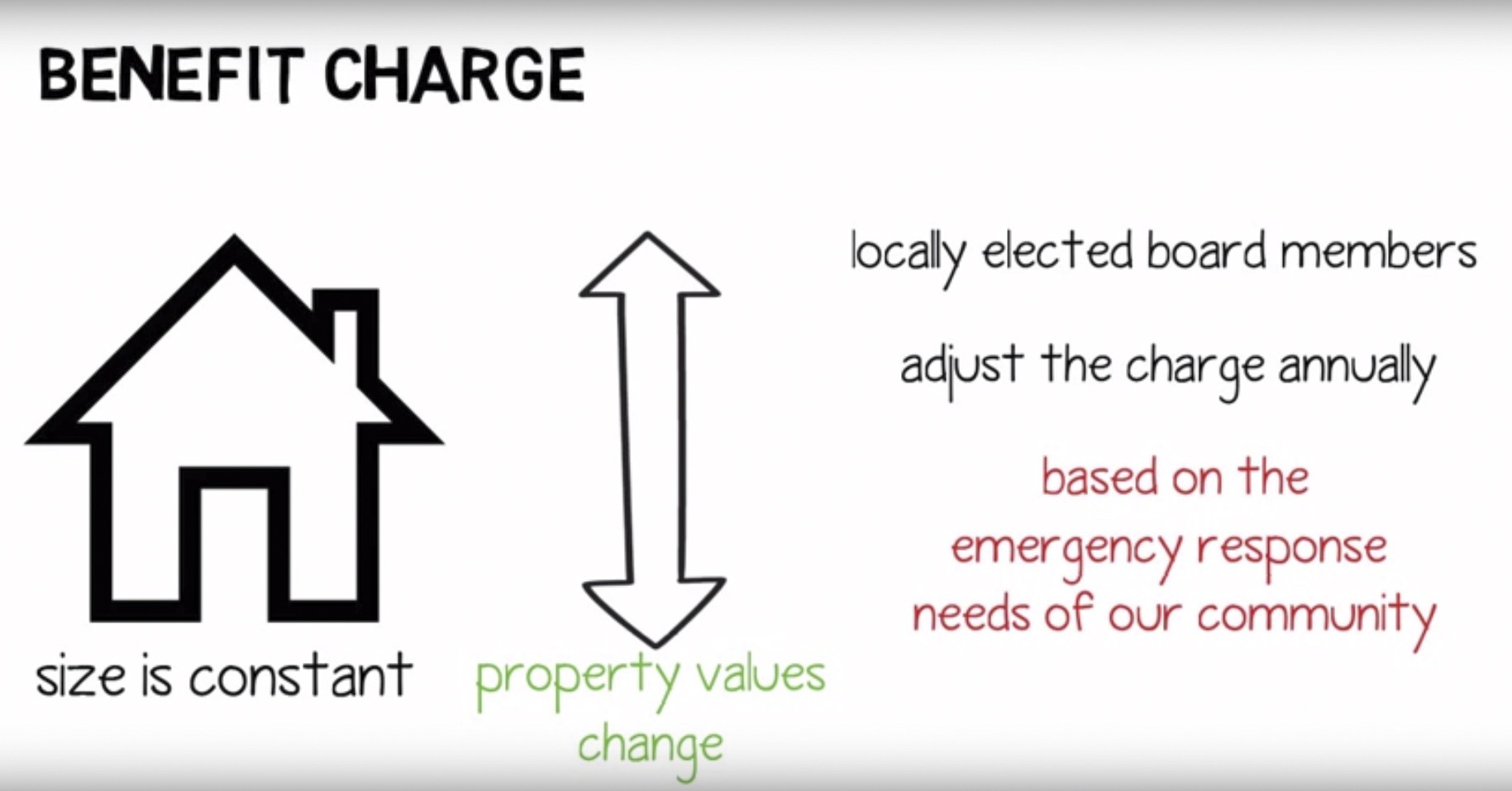King County Fire Districts 10 and 38 will once again ask voters to support their proposed combination into one fire authority in order to maintain a financially viable organization.
Districts 10 and 38, which cover unincorporated areas around North Bend, Snoqualmie, Preston, Mirrormont, Tiger Valley and May Valley, have already put this issue on the ballot during the King County April 2016 special election. The ballot received 56.80 percent of votes in favor. However, 60 percent was needed for the proposition to pass.
Eastside Fire and Rescue Chief Jeff Clark said the district commissioners are trying to pass the proposition again because of the support they have already received and some misinformation about the proposition earlier this spring.
“The commissioners said 57 percent is a clear majority so they are giving it a try and trying to explain it a little bit better,” he said. “One of the things that did confuse the issue was feedback from voters that this is a tax in addition to what they are paying now. This is actually a replacement to what they pay now not an addition.”
Because both districts are losing tax revenue from decreasing property values and annexations of unincorporated property into nearby cities, they are pursuing this proposition as a way to pool the population of both districts, to sufficiently fund fire protection services.
Because property is being annexed by cities, there are fewer taxpayers to pay for emergency services, meaning the tax burden is raised. The proposed fire authority would combine the populations of both districts which would spread that taxes across more people, and thus lower the individual costs.
The fire authority would also raise money with a Fire Benefit Charge (FBC). Clark said the FBC is an annual charge based on the size of the building. Owners of smaller buildings, like houses, will pay a smaller fee and the owners of larger buildings will pay more since it costs more to defend larger structures from a fire.
“Every year the commissioners will set what the fire benefit charge is based on the services they need to provide,” he said. “In a fire levy everyone pays the same, but the FBC says if you have a bigger structure we are going to charge you a little bit more. It provides a smoothing effect to allow some equity for those that have smaller structures.”
The FBC is a more stable method to collect money because it is based on the size of buildings, which remain the same rather than the fluctuating property values.
In an explanation of the proposal on Eastside Fire and Rescue’s website at http://wa-eastsidefirerescue.civicplus.com/230/Regional-Fire-Authority-RFA-Information-, the fire authority is said to decrease taxes in district 10 by 23 cents per $1,000 of property value, and those in district 38 would see an increase by 20 cents per $1,000 of property value.
Clark said if districts 10 and 38 had to continue to operate alone they would not be able to deliver the level of services provided now at current prices. By combining, they can ensure their services and stay financially viable, he said.
The district would also save on administration costs as the two districts would eventually form one administration instead of having to pay for two administrative groups in two different areas.
The proposed merger will be on the Nov. 8 ballot.


